Preface and Acknowledgments VII
Abbreviations XI
1 Introduction 1
1.1 Introduction and Usage of This Book 1
1.2 General Remarks 2
2 Basic Cell Culture Techniques 5
2.1 Safety Precautions for Frozen Cell Lines 5
2.2 Sterile Working 5
2.3 Handling Procedure for Cell Lines 5
2.3.1 Frozen Cells 5
2.3.2 Receipt of Growing Adherent Cultures in T-flasks 6
2.3.3 Receipt of Growing Suspension Cultures 6
2.3.4 Medium Replacement of Cells in Suspension 6
2.3.5 Subculture of Cells in Suspension 7
2.3.6 Subculture of Adherent Cells 7
2.3.7 Subculture of Mixed Cell Lines (Adherent and Floating Cells) 7
2.3.8 Cell Counting 7
2.3.9 Cryopreservation of Cell Lines 7
2.3.10 Long Term Storage of Cells 8
2.3.11 Detection and Elimination of Contaminations 8
2.3.12 Cross-contaminations=Authentication 9
2.4 Special Remarks on the Origin of the Cell Lines 9
2.5 Photographic Equipment 9
3 List of Cell Lines and Human Primary Cells (in Alphabetical Order) 11
3.1 Human Cell Lines 11
3.2 Animal Cell Lines 12
3.2.1 Rat 12
3.2.2 Mouse 12
3.2.3 Hamster 13
3.2.4 Chicken 13
3.2.5 Monkey 13
3.2.6 Pig 13
3.2.7 Opossum 13
3.2.8 Potoroo 13
3.2.9 Bovine 13
3.2.10 Dog 14
3.2.11 Insect 14
3.3 Human Primary Cells 14
4 Cell Lines and Human Primary Cells 15
4.1 Human Cell Lines 15
4.2 Animal Cell Lines 341
4.2.1 Rat 341
4.2.2 Mouse 367
4.2.3 Hamster 433
4.2.4 Chicken 437
4.2.5 Monkey 443
4.2.6 Pig 451
4.2.7 Opossum 457
4.2.8 Potoroo 461
4.2.9 Bovine 467
4.2.10 Dog 471
4.2.11 Insect 475
4.3 Human Primary Cells 479
Appendix A: Materials and Suppliers 493
Appendix B: Suppliers of Cell Culture Materials 497
Further Reading 501
Index 503
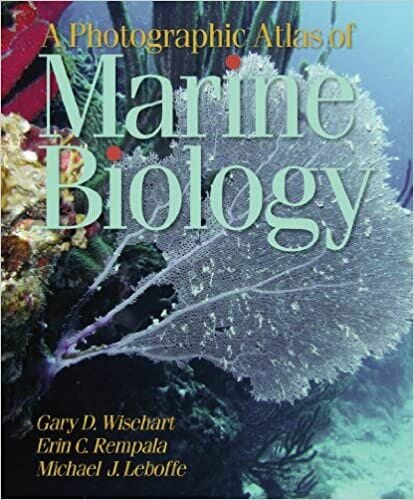


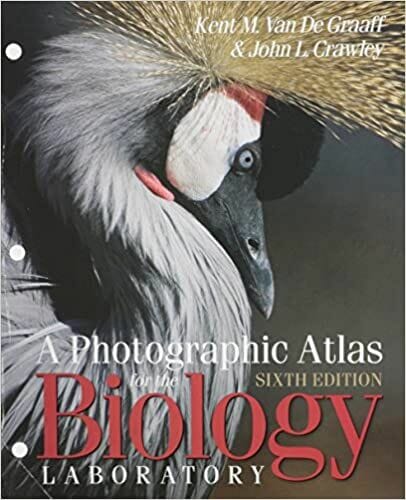
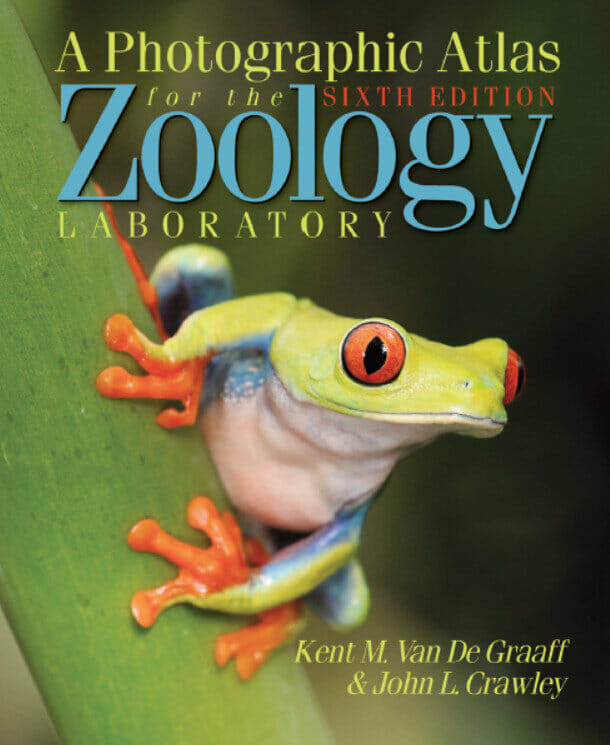

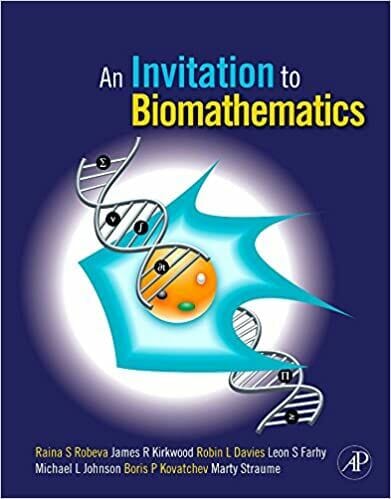
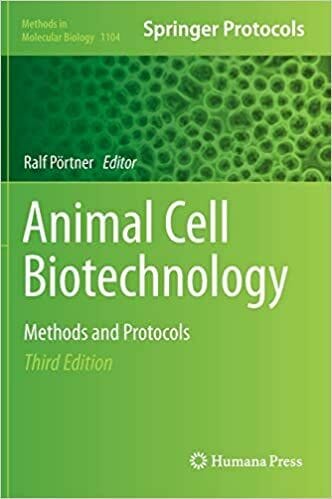

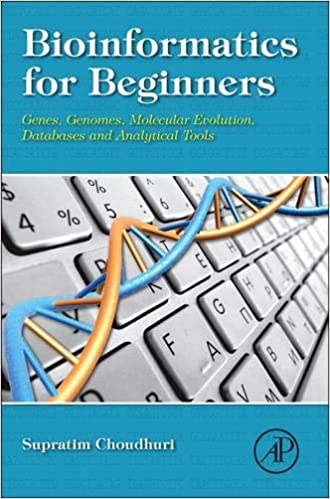
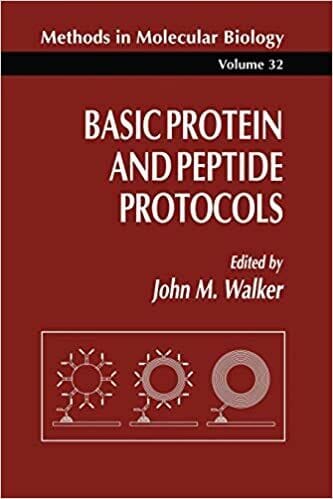
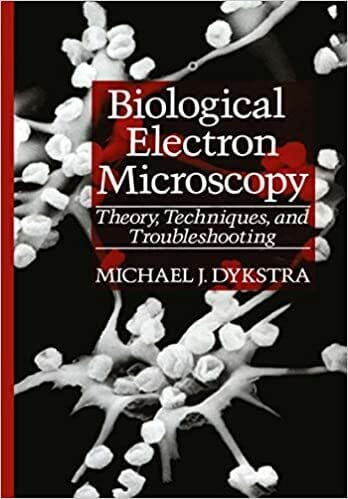






![Ettinger’s Textbook of Veterinary Internal Medicine 9th Edition [PDF+Videos] Ettinger’s Textbook of Veterinary Internal Medicine 9th Edition [True PDF+Videos]](https://www.vet-ebooks.com/wp-content/uploads/2024/10/ettingers-textbook-of-veterinary-internal-medicine-9th-edition-100x70.jpg)





